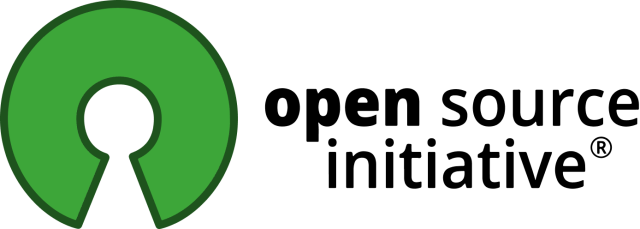Hi! I’m Srinivasan Sekar, Director of Engineering at LambdaTest and an open source contributor/maintainer. My journey began 8–9 years ago when I struggled with flaky mobile test automation pipelines in Appium. Determined to fix this, I contributed my first patch to improve its CI system—and discovered the power of collaborative problem-solving. Today, I maintain tools like Appium Java Client, co-created AppiumTestDistribution (ATD) for parallel testing, and lead the Appium Conference. Beyond code, I mentor testers, blog at srini.codes, and build plugins to simplify workflows.
For me, open source means “building with, not just for” the community.
1. How did you get involved with Open Source?
As an Appium user, I faced constant CI failures during mobile test runs. Instead of waiting for fixes, I dove into the codebase to stabilize the pipelines. That first success seeing my contribution benefit others hooked me. Over time, I expanded my work to projects like Selenium, Taiko, and ATD, transitioning from contributor to maintainer to member as I focused on systemic issues like parallel testing bottlenecks.
2. What’s Open Source to you?
Open source is a force multiplier for innovation. It’s about democratizing technology, fostering collective ownership, and empowering communities to solve real-world problems. For me, it’s not just code, it’s mentorship, documentation, and creating tools like ATD to simplify complex workflows for thousands of developers globally.
3. What projects are you involved in?
- Appium Java Client: Enhanced parallel testing capabilities and plugin ecosystems.
- AppiumTestDistribution (ATD): Co-founded to solve parallel execution challenges in mobile testing, later expanding to IoT.
- Selenium/Taiko: Contributions to test frameworks and community-driven tooling.
- Appium Conference: Co-Founded to unite global testing enthusiasts and share best practices.
- Appium Plugins: Developed a bunch a Appium plugins to help ease development efforts
- Appium Device Farm
- Appium Gestures Plugin
- Appium Wait Plugin
4. How do you grow your community?
- Listening First: ATD evolved based on user feedback (e.g., remote device execution for distributed teams).
- Accessible Onboarding: Created plugins like appium-installer to simplify environment setup.
- Events & Advocacy: Hosting conferences, AMA sessions, and workshops to engage testers globally.
- Documentation: Prioritized clear guides to lower entry barriers for new contributors.
5. Main Challenges as a Maintainer
- Burnout & Sustainability: Balancing maintenance with full-time roles, especially as projects scale.
- Technical Debt: Evolving architectures (e.g., Appium’s shift to plugin-based systems) while maintaining backward compatibility.
- Security Oversight: Managing vulnerabilities in dependencies
- Succession Planning: Ensuring continuity when key contributors step down.
6. How Contributors Can Support Maintainers
- Non-Code Contributions: Improve documentation, triage issues, or mentor newcomers.
- Financial Backing: Advocate for corporate sponsorships or Open Collective funding.
- Proactive Engagement: Submit reproducible bug reports and respect maintainers’ time.
- Security Advocacy: Help implement SAST/SCA tools and reproducible builds.
7. Key Security Practices
- Automated Tooling: Integrated SAST (Static Application Security Testing) and dependency scanning into CI/CD.
- Manual Code Reviews: Maintained a good manual review rate to catch nuanced vulnerabilities.
- Reproducible Builds: Adopted in almost all of the projects to ensure traceability.
- Community Education: Hosted sessions on secure testing practices for mobile ecosystems.
8. Impact of AI on Open Source
- Accelerated Development: Tools like Cline, Roo integrated with Models like Claude, etc increases productivity and reduce costs which enable SMEs to innovate.
- New Challenges: Increased security risks (e.g., IP infringement, model bias) requiring guardrails.
- Skill Demand: Most developers value open source AI experience, creating upskilling opportunities.
9. Advice for Maintainers
- Build a Bench: Actively mentor successors to reduce risks.
- Leverage Metrics: Track Contributor Confidence and PR distribution to identify gaps.
- Automate Relentlessly: Reduce fatigue through CI/CD pipelines and bot-assisted triage.
- Stay Community-First: Prioritize user needs over “shiny” features—ATD’s success stemmed from solving real-world parallel testing pain points.
Final Thoughts
Open source thrives on visible maintenance and shared responsibility. As AI reshapes our ecosystem, maintainers must balance innovation with sustainability—whether through smarter funding models or inclusive community design. Let’s make the invisible work of maintainers seen and supported.
Connect with Srinivasan:
- GitHub: SrinivasanTarget
- Blog: srini.codes
- LinkedIn: Director of Engineering, LambdaTest
